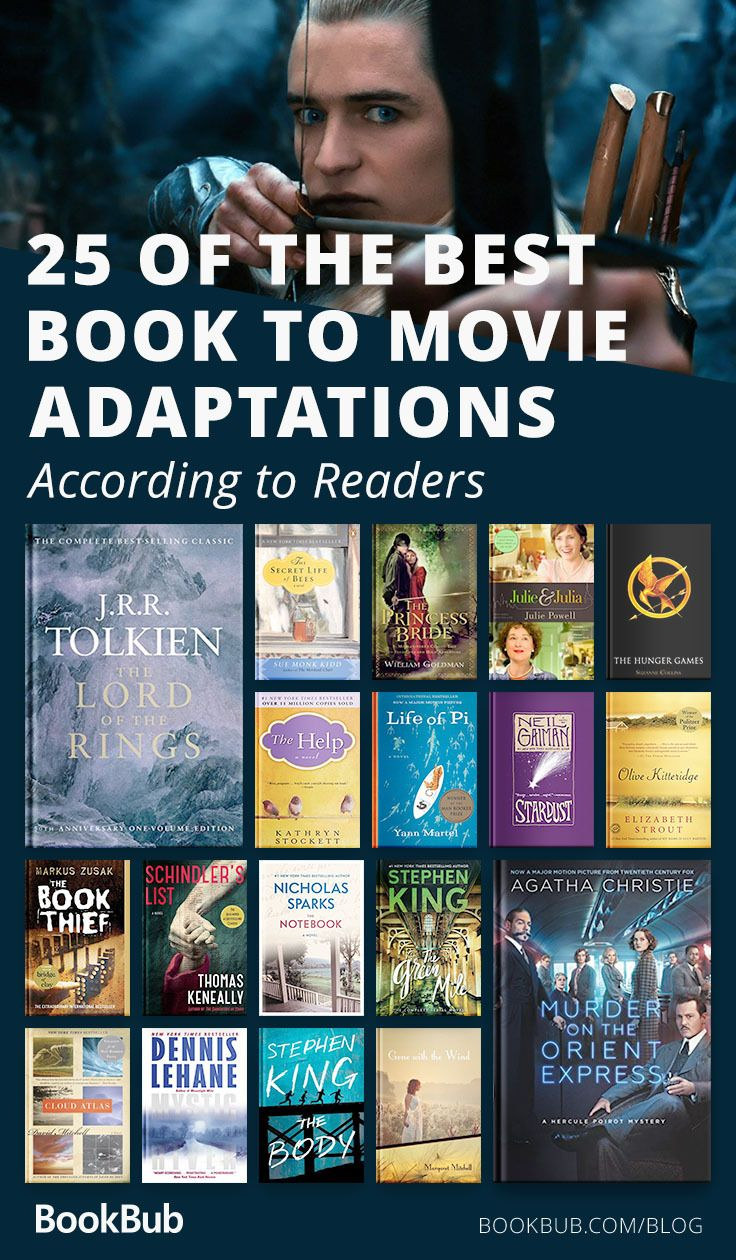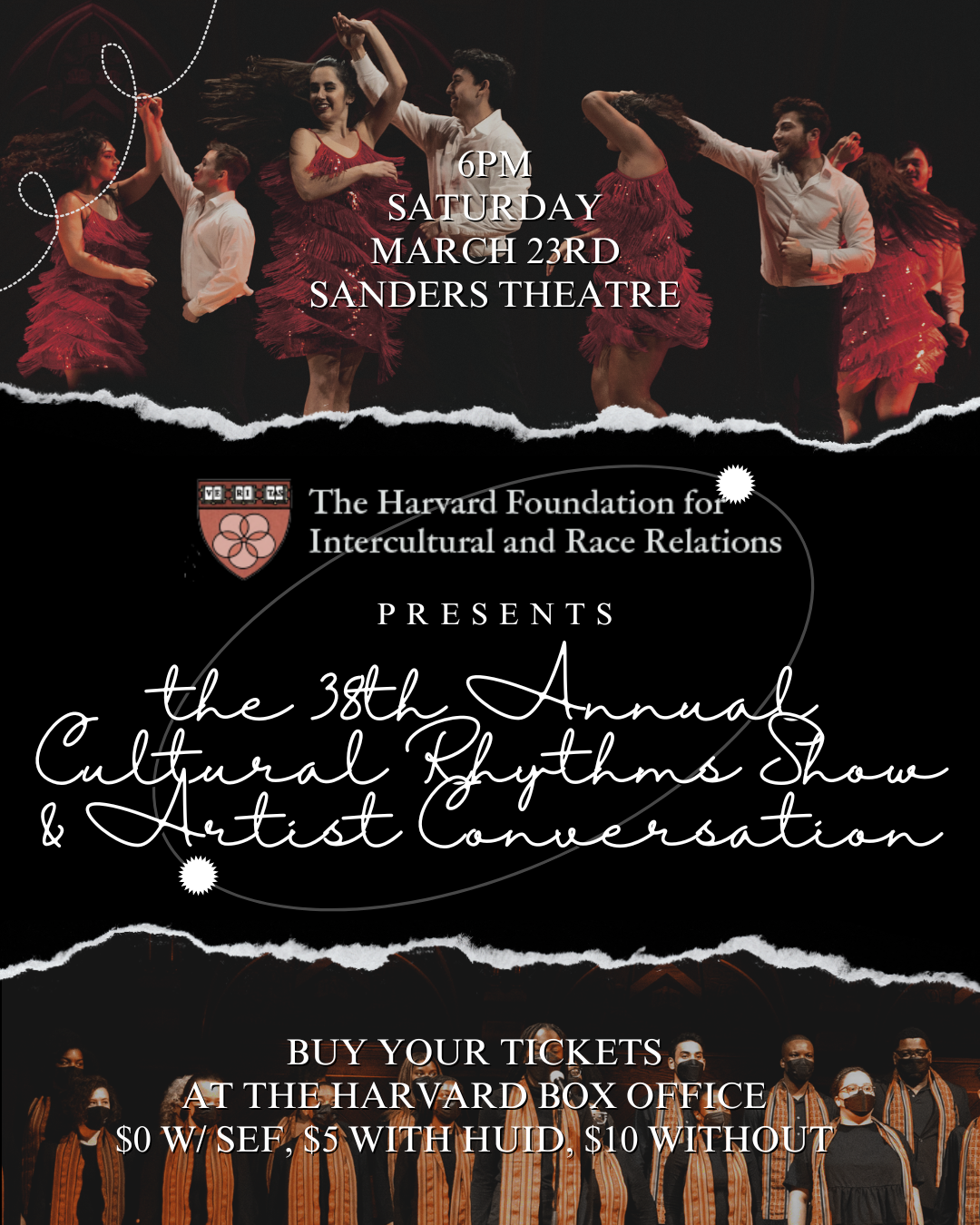Book to film adaptations have long fascinated audiences, sparking endless debates about whether the cinematic rendition surpasses the literary original. While some insist that “the book was better,” others celebrate how these film adaptations can breathe new life into beloved novels, showcasing compelling storylines and rich characters in a visually captivating format. As Oscar season approaches, this year’s contenders include several outstanding narratives drawn from adapted books, featuring impressive titles like “Conclave” and “Nickel Boys,” which are among the best film adaptations to hit theaters. The allure of novel adaptations lies not only in their promise of drama and suspense but also in their ability to provoke thought and evoke emotion through the art of storytelling on screen. Indeed, as audiences flock to cinemas, the line between page and screen continues to blur, cementing the enduring power of literature in film.
Transforming written narratives into visual spectacles is an art that often captivates both literature enthusiasts and moviegoers alike. These film adaptations create a bridge between the literary world and cinematic storytelling, drawing on beloved characters and intricate plots found within popular novels. Many of the most memorable films owe their existence to the pages of books, inviting viewers to engage with stories in an entirely new dimension. From Oscar nominees that showcase filmmakers’ creative interpretations of classic literature to innovative adaptations that challenge traditional narratives, this genre continually pushes the boundaries of storytelling. As we explore the diverse landscape of these adaptations, it’s clear that both books and their filmic counterparts have a significant impact on contemporary culture.
The Art of Book to Film Adaptations
Book to film adaptations are a fascinating intersection of literary art and cinematic storytelling. While many people often quip that ‘the book was better,’ some adaptations can indeed elevate the source material, offering viewers a fresh perspective. These adaptations have the power to bring characters and narratives to life in ways that print simply cannot, leveraging visuals, music, and performance to create an emotional impact that resonates deeply with audiences.
Critically acclaimed adaptations often retain the spirit of the original narrative while also making necessary adjustments to cater to the cinematic format. Films like ‘Misery’ and ‘L.A. Confidential’ not only honor their literary origins but also enhance the storytelling experience. They reinterpret themes and emotions in ways that only a film can, making the transition from page to screen a thoughtful dialogue rather than a mere replication.
Exploring the Best Film Adaptations
When we think of the best film adaptations, titles like ‘The Godfather’ and ‘To Kill a Mockingbird’ immediately come to mind. These films have not only captivated audiences but have also earned accolades and awards, becoming cornerstones of American cinema. Their ability to condense complex narratives and deliver compelling performances has led to them being considered some of the finest adaptations. Oscar nominations are often a hallmark of successful adaptations, highlighting the artistry involved in transforming text into compelling visual art.
Moreover, the best film adaptations often shine a light on the core themes of the original novels while introducing cinematic elements that enhance the storytelling. For example, in ‘American Psycho,’ the adaptation’s humor contrasts with the original’s dark tones, providing audiences with a multi-faceted experience. Film’s visual medium allows for new interpretations of characters and settings, breathing life into static words and creating a dynamic understanding of the source material.
The Challenge of Adapted Books
Adapting books into films is not without its challenges. One significant hurdle is the succinctness required in filmmaking; a book’s intricate details and inner monologues often get lost in translation. Many filmmakers struggle to condense rich narratives into a two-hour runtime while still capturing the essence of the original work. Additionally, the subjective nature of literature means that readers might hold different interpretations of characters and themes, posing further challenges for screenwriters.
Nonetheless, when done right, these adapted books can thrive on screen. The balance of maintaining fidelity to the source material while allowing for creative freedom is delicate yet essential. Successful adaptations, like ‘The Hoods,’ showcase how filmmakers can interpret underlying themes artistically, resulting in masterpieces that resonate with both readers and movie-goers alike.
Oscar Nominees That Began as Novels
Oscar season is a particularly exciting time for fans of literature and cinema, as many esteemed adaptations make their way to the awards circuit. Films based on novels often capture the attention of both critics and voters, aligning narrative depth with compelling performances. For instance, titles like ‘Nickel Boys’ and ‘A Complete Unknown’ have not only gained nominations but also sparked conversations about their literary origins and relevance in today’s society.
These films exemplify how adapted works can comment on current cultural issues, while simultaneously paying tribute to the power of storytelling. Moreover, the recognition of these adaptations at the Oscars underscores the importance of literature in shaping cinematic narratives and highlights the ongoing dialogue between different artistic mediums.
Character Development in Adaptations
Character development is integral to successful adaptations; it is through well-crafted characters that audiences connect with the story. In novels, authors have the space to explore a character’s innermost thoughts, motivations, and growth over time. This depth can sometimes be challenging to translate into film, where visual cues and dialogue must effectively convey emotion and development within a more limited timeframe.
However, adept filmmakers can take what is rich on the page and distill it into powerful performances that resonate on screen. For example, in ‘L.A. Confidential,’ the transformation of Ellroy’s complex characters into a visual narrative helps maintain the intricacies of their personalities while adapting them for a cinematic experience. This balance is crucial in ensuring that the audience are invested in the characters, making the adaptation a more rewarding experience.
Innovative Approaches in Novel Adaptations
Innovative approaches to novel adaptations can lead to fresh takes on familiar stories. Filmmakers have begun to explore unconventional narratives, delighting audiences with unique interpretations. This fresh perspective can reinvigorate well-trodden material, allowing classic stories to reach new audiences while being faithful to the original themes.
An excellent example is the adaptation of ‘Where Are You Going, Where Have You Been?’ which artfully expands on the story’s themes by exploring character dynamics. This creative choice deepens our understanding of the protagonist, turning a concise short story into a richly layered film. Such innovative approaches highlight how adaptation can be a transformative process that enhances the original work.
The Impact of Visual Storytelling
Visual storytelling is one of the most powerful aspects of film, providing a canvas for cinematic interpretation that literature simply cannot. While a book can describe landscapes, emotions, and actions, a film uses images, music, and performance to evoke feelings and illustrate themes. This sensory experience can elevate narratives, making the audience feel as if they are part of the story.
Films like ‘Once Upon a Time in America’ exemplify this impact, as Sergio Leone’s vivid direction and Ennio Morricone’s haunting score transform Harry Grey’s somewhat lackluster novel into an operatic visual feast. The interplay of music and imagery creates an atmosphere that immerses viewers, showcasing the unique strengths of film compared to its literary counterparts.
Glimpses Beyond the Page: Hidden Themes in Adaptations
Many adaptations reveal hidden themes that may not be as prominent in the source material. Filmmakers often take creative liberties to explore deeper social or psychological issues, providing audiences with a broader understanding of the narrative. These reinterpretations can resonate on a personal level, provoking thought and discussion.
For instance, Joyce Chopra’s adaptation of ‘Where Are You Going, Where Have You Been?’ not only retains the story’s tension but also enhances it by developing secondary characters and their dynamics. This approach invites viewers to consider the implications of familial relationships alongside the primary narrative, enriching the overall experience without straying too far from the book’s essence.
Why Some Adaptations Outshine Their Source Material
While many argue that the book is better than the film, there are instances where adaptations outshine their literary predecessors. These adaptations capture the imagination through adept direction, casting, and visual creativity, often becoming icons in their own right. The ability of filmmakers to reinterpret themes and characters allows these adaptations to resonate more broadly with viewers.
For example, Mary Harron’s adaptation of ‘American Psycho’ cleverly transforms the source material’s dark humor into a lively narrative that captivates audiences. By emphasizing the absurdity in Ellis’s work, the film not only stands on its own but encourages viewers to engage with the text in new ways, illustrating how adaptation can enhance rather than diminish the original story.
Frequently Asked Questions
What are some of the best film adaptations of books?
Some of the best film adaptations of books include ‘The Shawshank Redemption,’ ‘The Godfather,’ and more recent Oscar nominees like ‘Nickel Boys’ and ‘A Complete Unknown.’ These adaptations have managed to capture the essence of their original novels while resonating with both audiences and critics alike.
Why do people say ‘the book was better’ when discussing film adaptations?
People often say ‘the book was better’ because film adaptations can miss the nuance and depth of character development present in the source material. Adapted books frequently condense plots and alter characters to fit the film medium, which can lead to a loss of the original’s richness.
How do Oscar nominees relate to book to film adaptations?
Many Oscar nominees each year are based on adapted books, showcasing the enduring appeal and cinematic potential of literary works. Films such as ‘Conclave’ and ‘The Nickel Boys’ are recent examples of adaptations that have received critical acclaim during awards season.
What makes a great book to film adaptation?
A great book to film adaptation typically captures the core themes and emotions of the source material, while also making effective use of cinematic techniques. Successful adaptations, like ‘American Psycho’ and ‘Misery,’ manage to reimagine the narrative in a way that is entertaining and poignant for audiences.
Can film adaptations be better than the original novels?
Yes, some film adaptations have been regarded as superior to the novels, either by enhancing the story or providing new perspectives on the source material. For instance, adaptations like ‘L.A. Confidential’ have transformed complex narratives into engaging cinematic experiences that resonate with both fans of the book and new audiences.
What challenges do filmmakers face when adapting books into films?
Filmmakers face several challenges when adapting books into films, including condensing lengthy narratives, preserving character depth, and translating internal monologues visually. These challenges can impact how the story is received compared to the original book, leading to mixed reviews.
What is the impact of a director’s vision on book to film adaptations?
A director’s vision can profoundly impact the quality of a book to film adaptation. Filmmakers like Sergio Leone and Mary Harron have successfully reinterpreted narratives, adding layers of meaning and emotional depth that enrich the viewing experience, as seen in ‘Once Upon a Time in America’ and ‘American Psycho.’
How can adaptations give new life to mediocre novels?
Adaptations can give new life to mediocre novels by allowing filmmakers to reinterpret the narrative creatively, highlighting themes or character arcs that may not have been as engaging in the written form. This approach can result in a dynamic film that resonates with audiences, as seen in adaptations like ‘Smooth Talk,’ based on Joyce Carol Oates’ short story.
| Title | Author | Type | Key Points | Adaptation Highlights |
|---|---|---|---|---|
| Misery | Stephen King | Novel | Themes of writing, fame, and captivity. | 1990 film adaptation won an Oscar for Kathy Bates. |
| L.A. Confidential | James Ellroy | Novel | Explores 1950s LA and moral issues in Hollywood. | 1997 film was nominated for Best Picture and captured the essence of the novel. |
| Jack Reacher series | Lee Child | Novel Series | Follows ex-military officer on adventures across the U.S. | Two films starring Tom Cruise adapt the series for the big screen. |
| The Hoods | Harry Grey | Semi-Autobiographical Novel | Portrays Jewish gangs during Prohibition in NYC. | Adapted into ‘Once Upon a Time in America,’ renowned for its operatic style. |
| American Psycho | Bret Easton Ellis | Novel | Satirical exploration of consumer culture and identity. | Adaptation by Mary Harron added humor and depth that Ellis disliked. |
| Where Are You Going, Where Have You Been? | Joyce Carol Oates | Short Story | Captures teenage angst and a menacing encounter. | Adapted into ‘Smooth Talk,’ expanding on character dynamics and plot. |
Summary
Book to film adaptations often present unique interpretations of their source material, sometimes even enhancing the original narrative. As demonstrated by the selected examples, adaptations like Stephen King’s ‘Misery’ and James Ellroy’s ‘L.A. Confidential’ have successfully translated complex themes and character development onto the big screen. While some adaptations may not reach the same depths as the books, they can provide fresh perspectives and engage audiences in new ways. Ultimately, whether the film exceeds the book depends on how effectively it captures the essence of the narrative while offering a cinematic experience that resonates with viewers.



